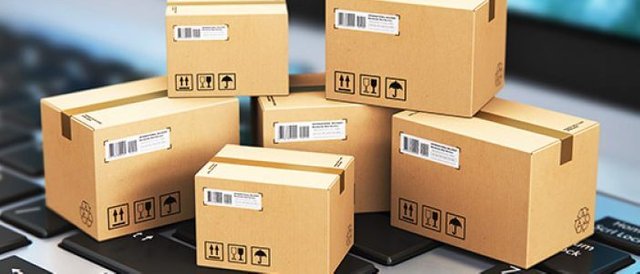
Ecommerce is still on the rise. The convenient and fast way to fulfill our needs causes a huge logistic challenge. Deliveries from China or even Africa are shipped around the globe to our homes, passing a multitude of middlemen, all bearing the risk, that something goes wrong and our beloved product does never arrive. This problem is likely to increase in the upcoming years. Retailers are all going online, promising the fastest and cheapest way of delivery. Package deliverers are working until nighttime, often bad paid and swamped. Thereby, the last mile is often the trickiest and therefore, bears the biggest potential to increase efficiency and to reduce costs.
1. What’s the daily Pain Point?
From time to time we all face the situation, that we can’t wait to receive our delivery of clothes, electronic devices, food or what ever it might be. But what’s that? You find a note in your letterbox saying that the parcel could not be delivered as you were not at home. If you are lucky, a friendly neighbour took it for you. If you are not, you are facing a race against time the next day. Leave the office extra early to manage to get your delivery at the nearest postal office within its opening hours. And then? A queue as long as in front of the Apple Store awaits you. Frustrated and stressed out you finally get what you ordered, swearing that you will support the local retailers in the future (we all know that never happens).
2. How can Blockchain Technology help?
Using Blockchain we could especially exploit the potential of the last mile. Blockchain can connect local package delivery points (PDP) with local citizens and delivery services, eliminating big warehouses. Recipients can then schedule a time, when their parcel arrives and ensure, that they are at home. Paper notifications would then be a thing of the past. Pick-up times, trusted neighbours or delivery schedules can all be handled digitally. Leading to a relieve of the postal offices as well. This process increases efficiency by less distances, that the deliverer has to drive. He only picks up a parcel at the PDP, when he is sure, that it can be delivered. This also leads to decreasing CO2 emissions.
Tracking the parcel from its origin until its final destination brings transparency along the whole journey and makes many middlemen redundant. This also prevents parcel theft and wrong tracks.
A similar idea is already taken by NextPakk. The company suggests to involve independent drivers, who earn crypto-money by every delivered parcel. This leads to a reduction in market power of the big ones like DHL, FedEx, Hermes or UPS.
In this case, Blockchain is able to handle costly logistics processes and the rising number of parcels ordered. Looking into the future, it needs a new solution in order to guarantee delivery quality.
Thank you for reading, please keep your eyes open for pain points in your lives! I am looking forward to your votes and comments! #LifewithBlockchain.
You can find my contact details on Linkedin or on my steemit profile Simone Geiger (@simone14).
Kudos also to Pascal Mehrwald (@pascalmehrwald), Benjamin Pabst von Ohain (@benpvo) and Prof. Dr. Isabell M. Welpe.